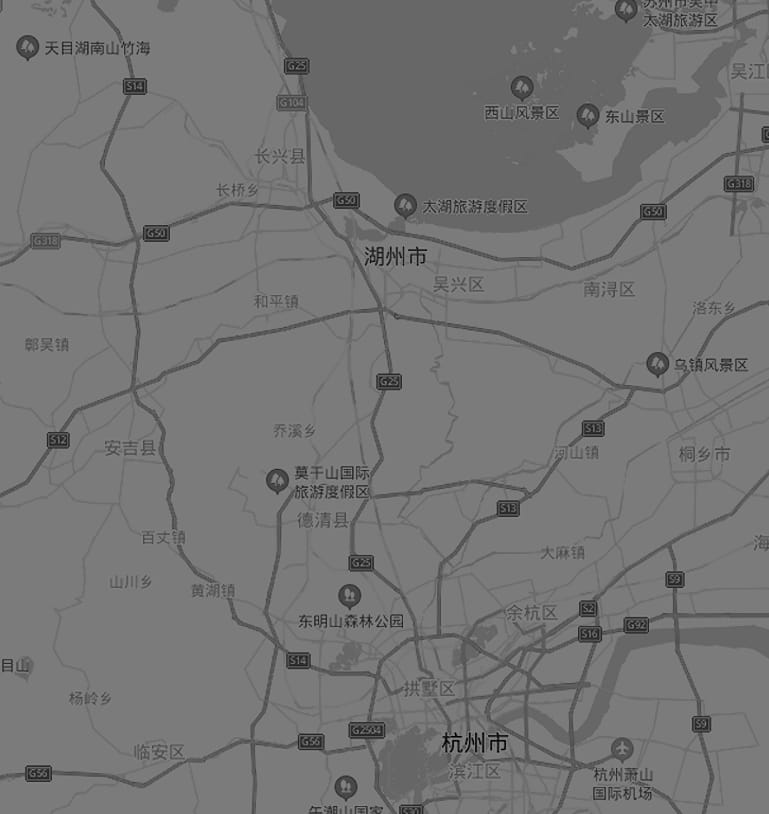The word nonwoven is neither "woven" nor "knitted", but more of a fabric. A non-woven fabric is a textile structure made directly from fibers by bonding or interlocking or both. It does not have any organized geometry, but is the result of the relationship between one fiber and another.
The true roots of nonwovens may not be clear, but the term "nonwovens" was coined in 1942 and produced in the United States. There are two main manufacturing methods for nonwovens: felting or bonding. Felt nonwovens are made by layering sheets and then applying heat, moisture and pressure to shrink and compress the fibers into a thick matte cloth that won't unravel or fray.
Likewise, there are 3 main methods of manufacturing bonded nonwovens: dry-laid, wet-laid, and direct spinning. A nonwoven may be a disposable fabric with a limited lifespan or a very durable fabric.
Nonwovens provide specific functions, and these properties are often combined to create fabrics suitable for specific jobs, while achieving a good balance between product life and cost. They can mimic the look, texture and strength of woven fabrics and can be as bulky as the thickest padding.




